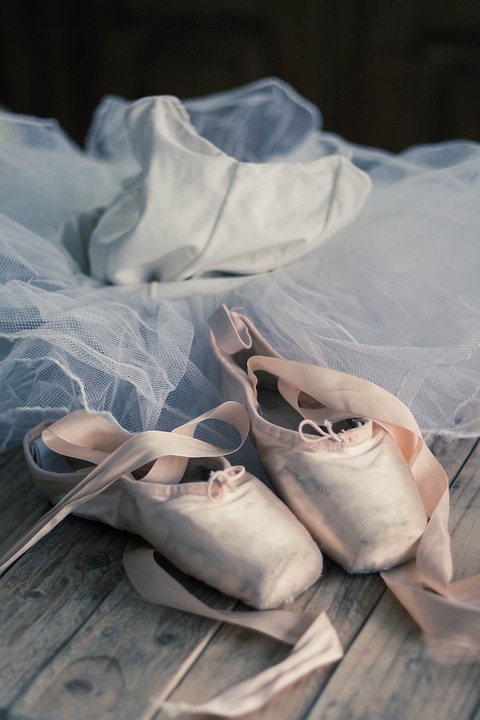Unveiling the Magic of Dance:
Exploring the Mesmerizing World of Movement
Introduction:
Dance, a universal language of rhythm and body expression, has captivated humanity since the dawn of time. It is more than just movement; it is an art form that transcends boundaries, cultures, and even language. Dance has the unique ability to evoke emotions, convey stories, and connect individuals on a profound level. In this article, we will embark on a journey to unveil the magic of dance, exploring its mesmerizing world of movement.
Historical Origins:
The origins of dance can be traced back to the earliest human civilizations. Archaeological evidence suggests that dance was an integral part of ancient societies, with depictions found on cave paintings, artifacts, and sculptures. From the vibrant rituals of the indigenous tribes to the refined court dances of ancient civilizations such as Egypt, Greece, and India, dance played a central role in social, cultural, and religious ceremonies.
The Power of Movement:
At its core, dance is a form of expression that goes beyond spoken words. It allows individuals to communicate their innermost thoughts and feelings through physical movement. The power of dance lies in its ability to convey emotions and narratives that words alone cannot capture. Through fluidity, grace, and expressive gestures, dancers transcend the boundaries of language and connect with audiences on a deep emotional level.
The Language of Dance:
Dance is often described as a universal language, one that breaks down barriers and allows for cross-cultural understanding. It speaks to the soul, unraveling emotions and stories that unite people from different backgrounds. Whether it is the intricate footwork of flamenco, the graceful movements of ballet, or the energetic rhythms of hip-hop, dance forms around the world share a common thread of human expression.
Forms of Dance:
Dance is a diverse art form, boasting a myriad of styles and genres that cater to various tastes and preferences. Ballet, with its elegant and precise movements, embodies the epitome of classical beauty and grace. Hip-hop, on the other hand, is characterized by its energetic, syncopated movements and urban flair. Other forms such as contemporary, jazz, tap, traditional folk dances, and cultural dances each have their unique attributes and cultural significance.
The Benefits of Dance:
Beyond its artistic merits, dance offers a multitude of benefits to both the body and mind. Physically, dance promotes flexibility, strength, and coordination, improving overall fitness levels. It also serves as a form of cardiovascular exercise, increasing stamina and endurance. Additionally, the repetitive movements and patterns involved in dance stimulate the brain, enhancing memory, focus, and cognitive function.
Emotional and Psychological Wellness:
Dance is renowned for its therapeutic qualities, offering emotional and psychological benefits to individuals of all ages. It provides a safe space for self-expression, allowing dancers to release stress, anxiety, and emotions that may otherwise be difficult to convey. The rhythmic movements and the release of endorphins during dance also promote a sense of joy, positivity, and emotional well-being.
Cultural Preservation:
Dance plays a pivotal role in preserving and celebrating cultural heritage. Traditional folk dances serve as a vital link to ancestral traditions, customs, and values. These dances often embody historical narratives, retelling stories of triumph, struggle, and identity. By passing down these dances from one generation to another, cultural legacies are preserved and cherished, ensuring the continued richness and diversity of our global heritage.
Breaking Stereotypes and Fostering Inclusivity:
Dance has the power to break stereotypes, challenge societal norms, and foster inclusivity. Throughout history, dance has been an arena where marginalized communities find empowerment and liberation. Whether it be challenging gender roles in contemporary dance or embracing the diversity of body shapes and sizes, dance celebrates individuality and teaches us to appreciate the beauty of our differences.
Conclusion:
In the mesmerizing world of dance, movement transcends the physical realm, evoking emotions, telling stories, and creating connections that surpass language barriers. From ancient rituals to modern-day performances, dance continues to captivate and inspire. Its magic lies in its ability to bring people together, celebrate diversity, and foster emotional and physical well-being. So let us immerse ourselves in this captivating art form and revel in the joy of unveiling the magic of dance.

